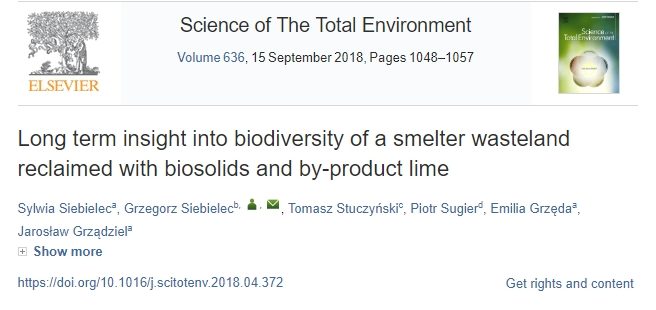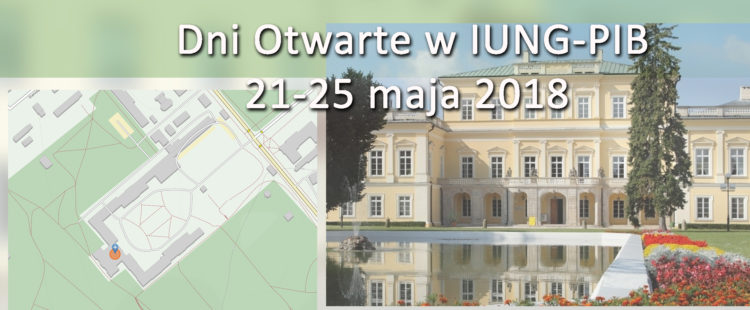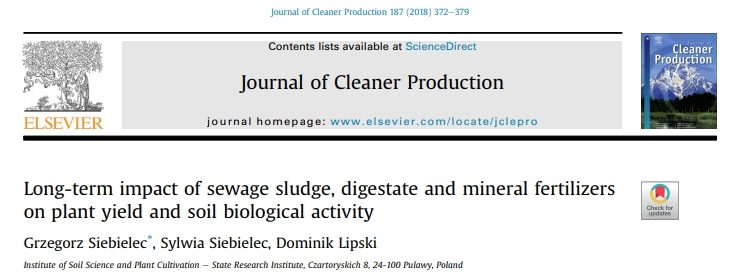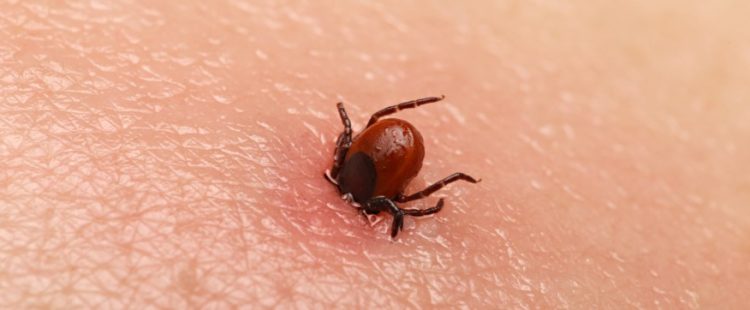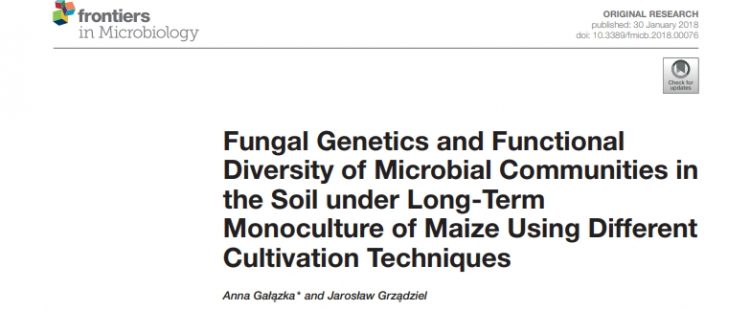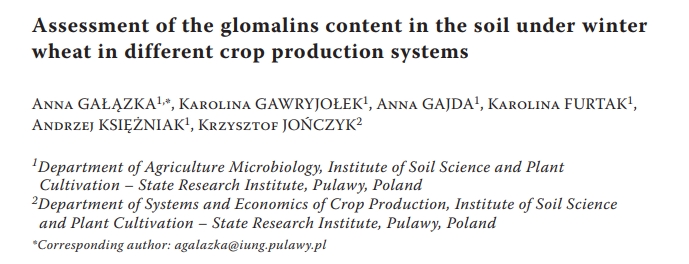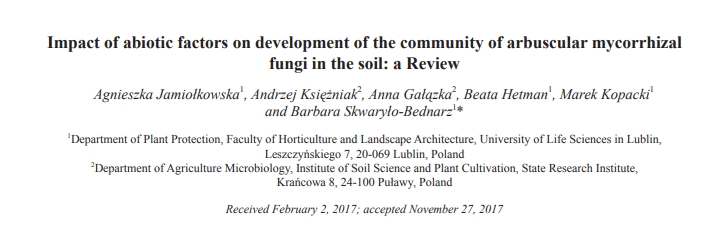Long term insight into biodiversity of a smelter wasteland reclaimed with biosolids and by-product lime, Siebielec S., Siebielec G., Stuczyński T., Sugier P., Grzeda E., Grządziel J.; Science of The Total Environment, 2018, doi.org/10.1016/j.scitotenv.2018.04.372
Link do darmowego, 50-dniowego dostępu do artykułu (wygasa 22.06.2018): ![]()
Abstract
Smelter wastelands containing high amounts of zinc, lead, cadmium, and arsenic constitute a major problem worldwide. Serious hazards for human health and ecosystem functioning are related to a lack of vegetative cover, causing fugitive dust fluxes, runoff and leaching of metals, affecting post-industrial ecosystems, often in heavily populated areas. Previous studies demonstrated the short term effectiveness of assisted phytostabilisation of zinc and lead smelter slags, using biosolids and liming. However, a long term persistence of plant communities introduced for remediation and risk reduction has not been adequately evaluated.
The work was aimed at characterising trace element solubility, plant and microbial communities of the top layer of the reclaimed zinc and lead smelter waste heaps in Piekary Slaskie, Poland, 20 years after the treatment and revegetation. The surface layer of the waste heaps treated with various rates of biosolids and the by-product lime was sampled for measuring chemical and biochemical parameters, which are indicative for metals bioavailability as well as for microorganisms activity. Microbial processes were characterised by enzyme activities, abundance of specific groups of microorganisms and identification of N fixing bacteria. Plant communities of the area were characterised by a percent coverage of the surface and by a composition of plant species and plant diversity. The study provides a strong evidence that the implemented remediation approach enables a sustainable functioning of the ecosystem established on the toxic waste heaps. Enzyme activities and the count of various groups of microorganisms were the highest in areas treated with both biosolids and lime, regardless their rates. A high plant species diversity and microbial activities are sustainable after almost two decades from the treatment, which is indicative of a strong resistance of the established ecosystem to a metal stress and a poor physical quality of the anthropogenic soil formed by the treatment.
